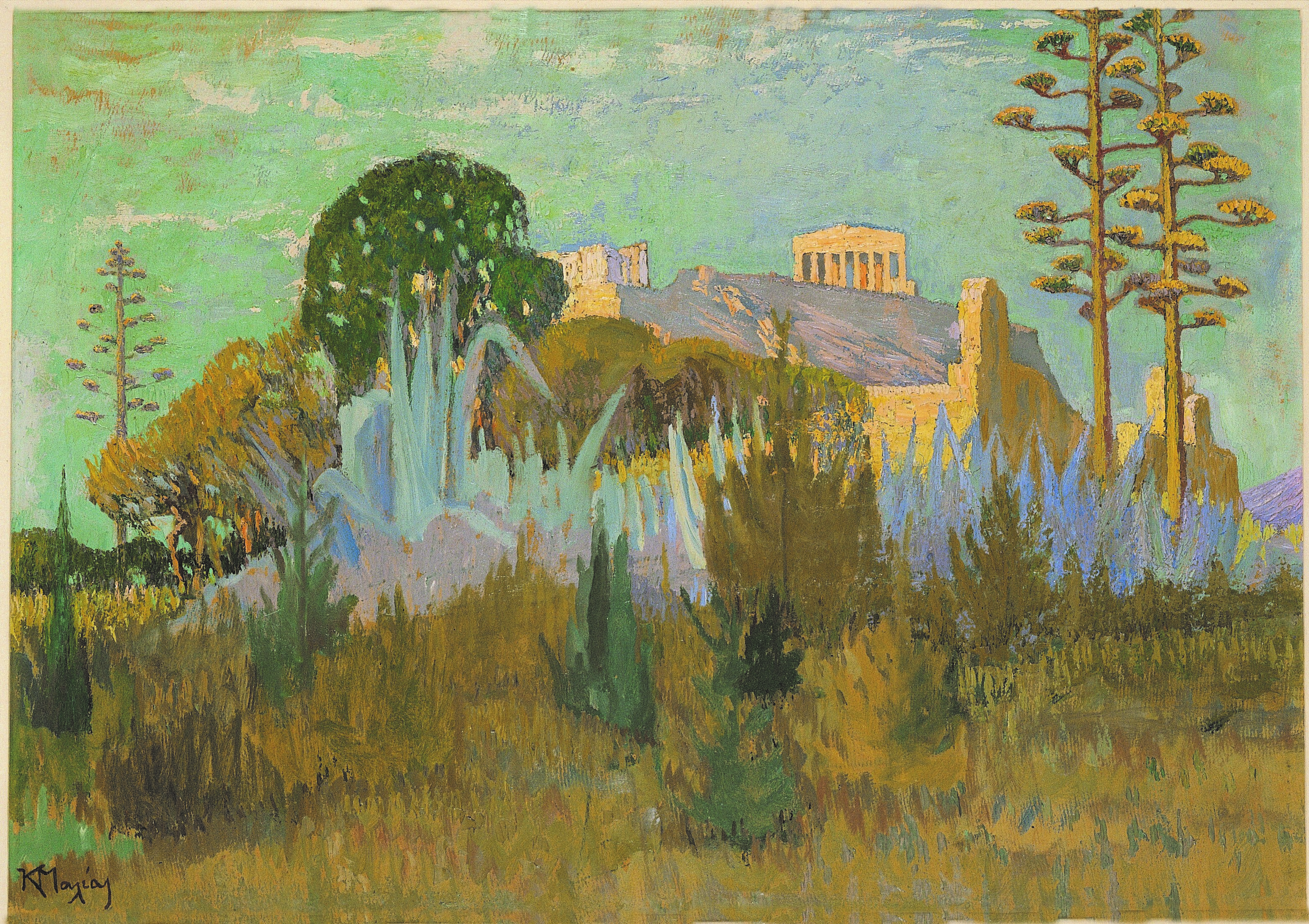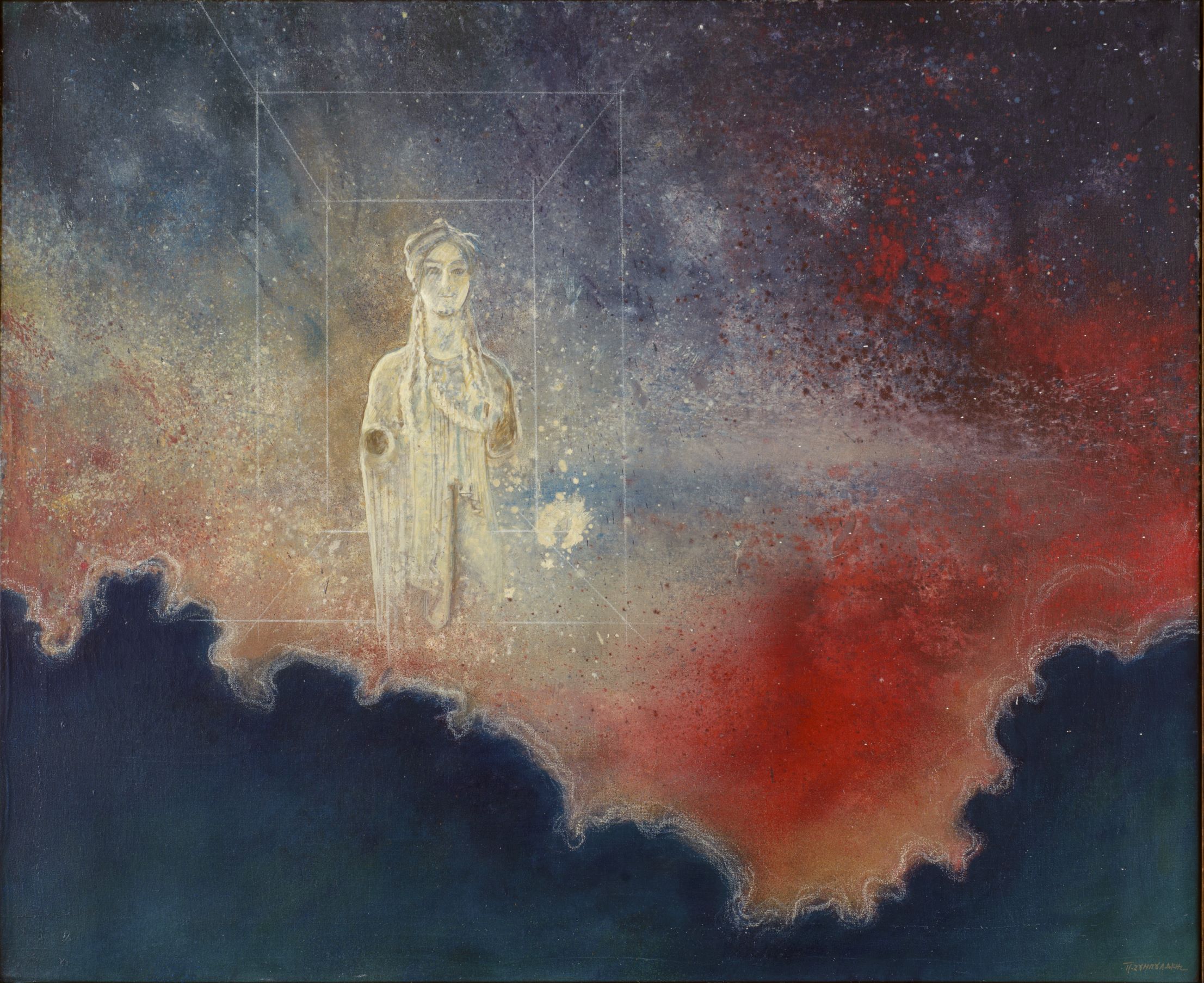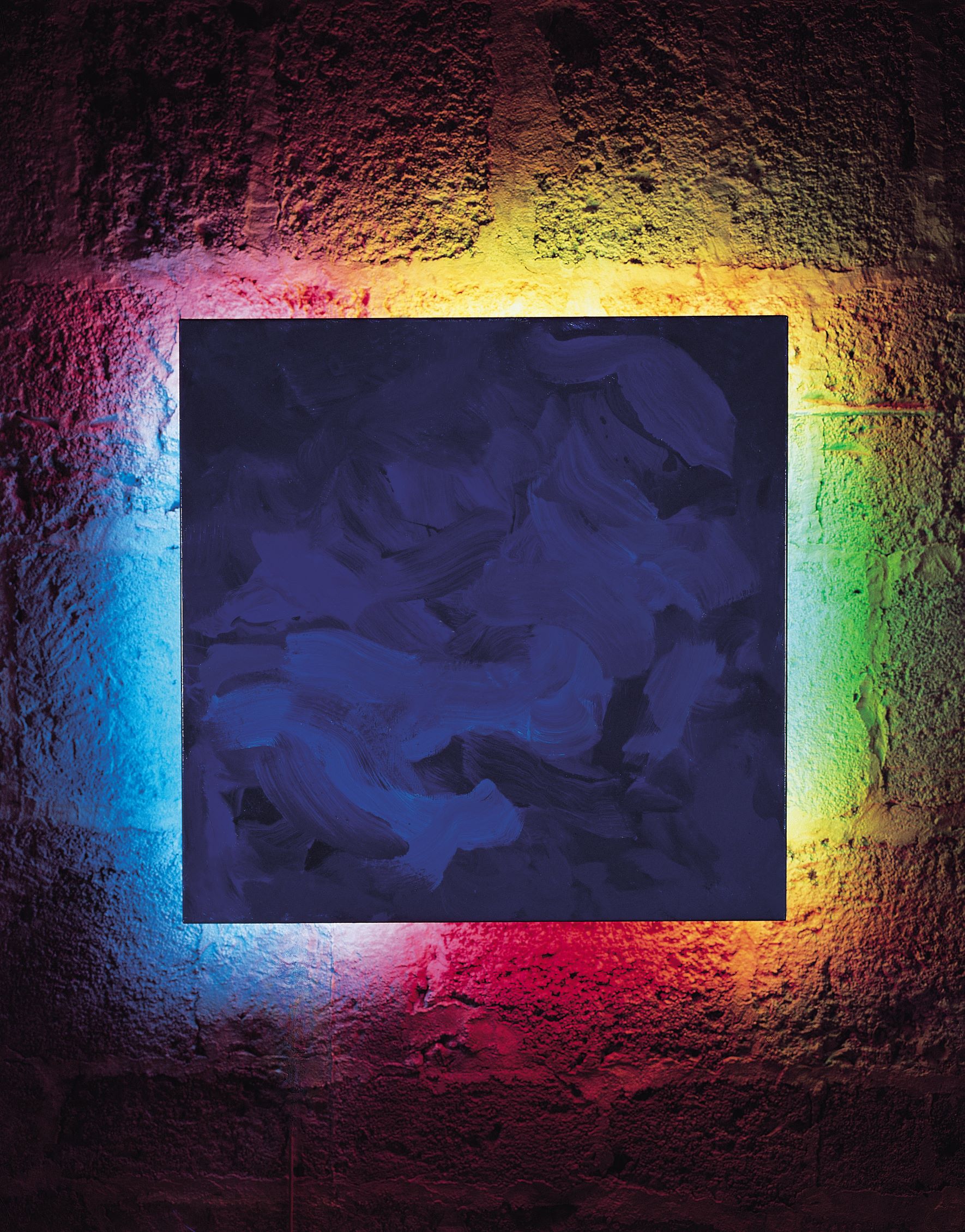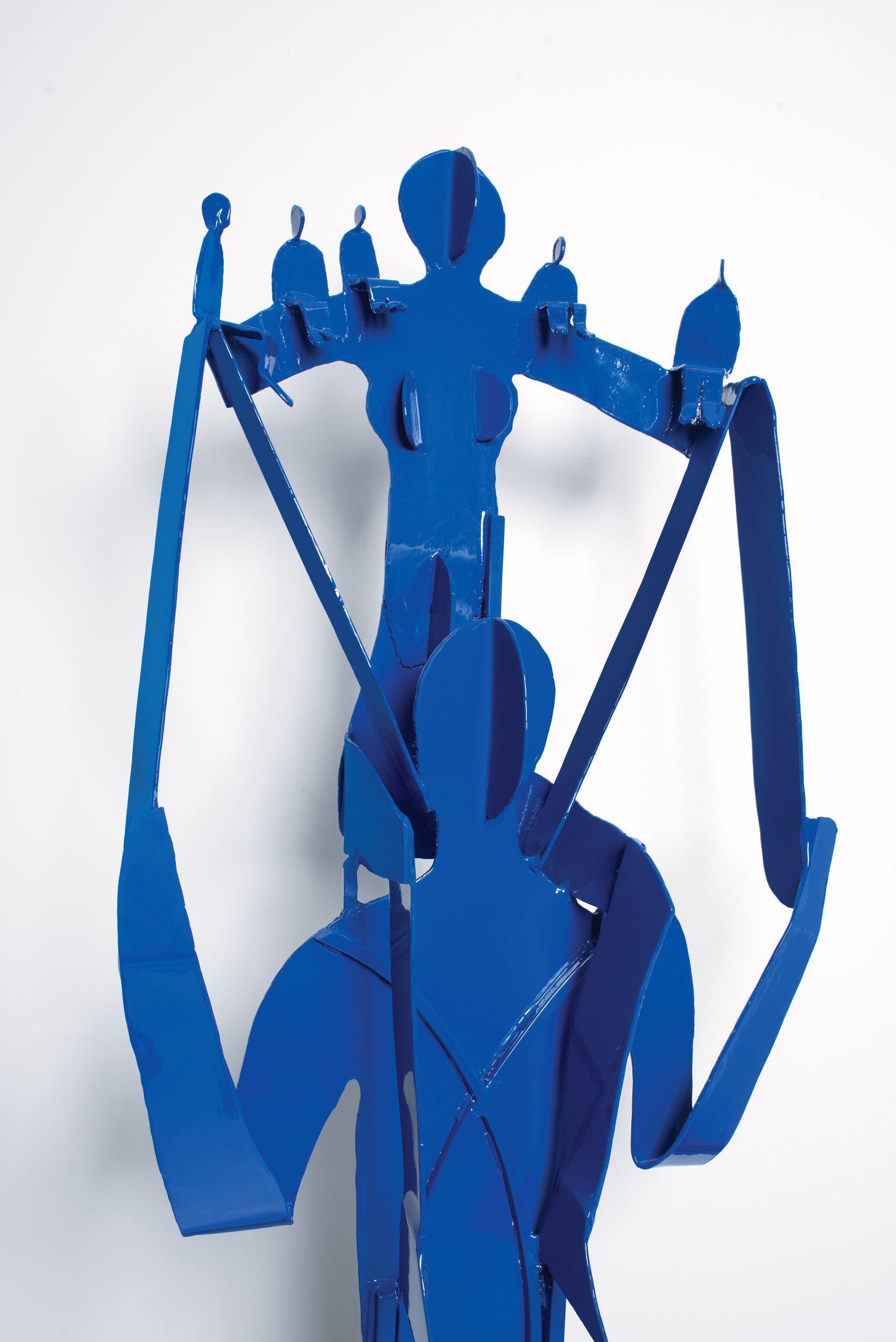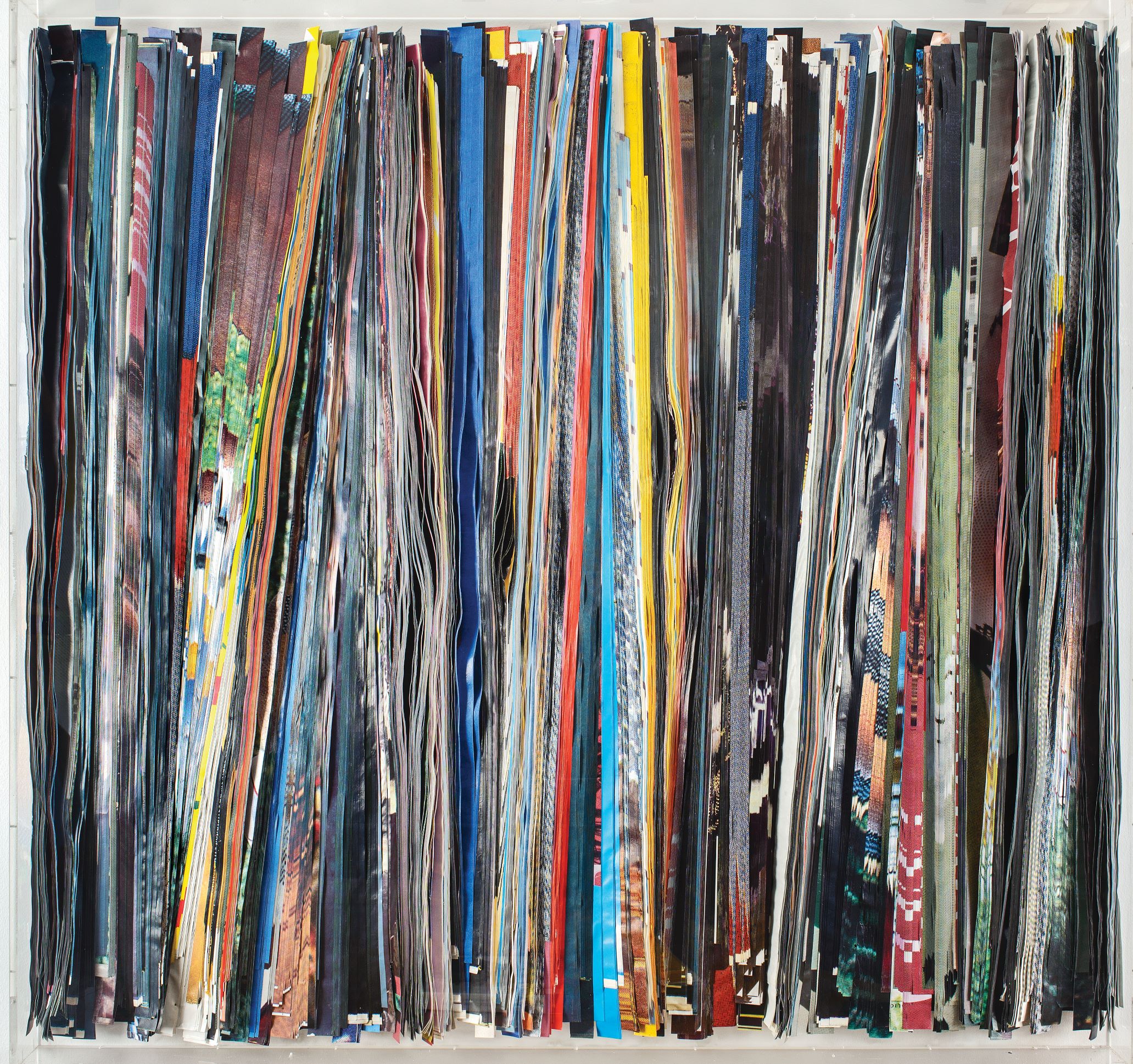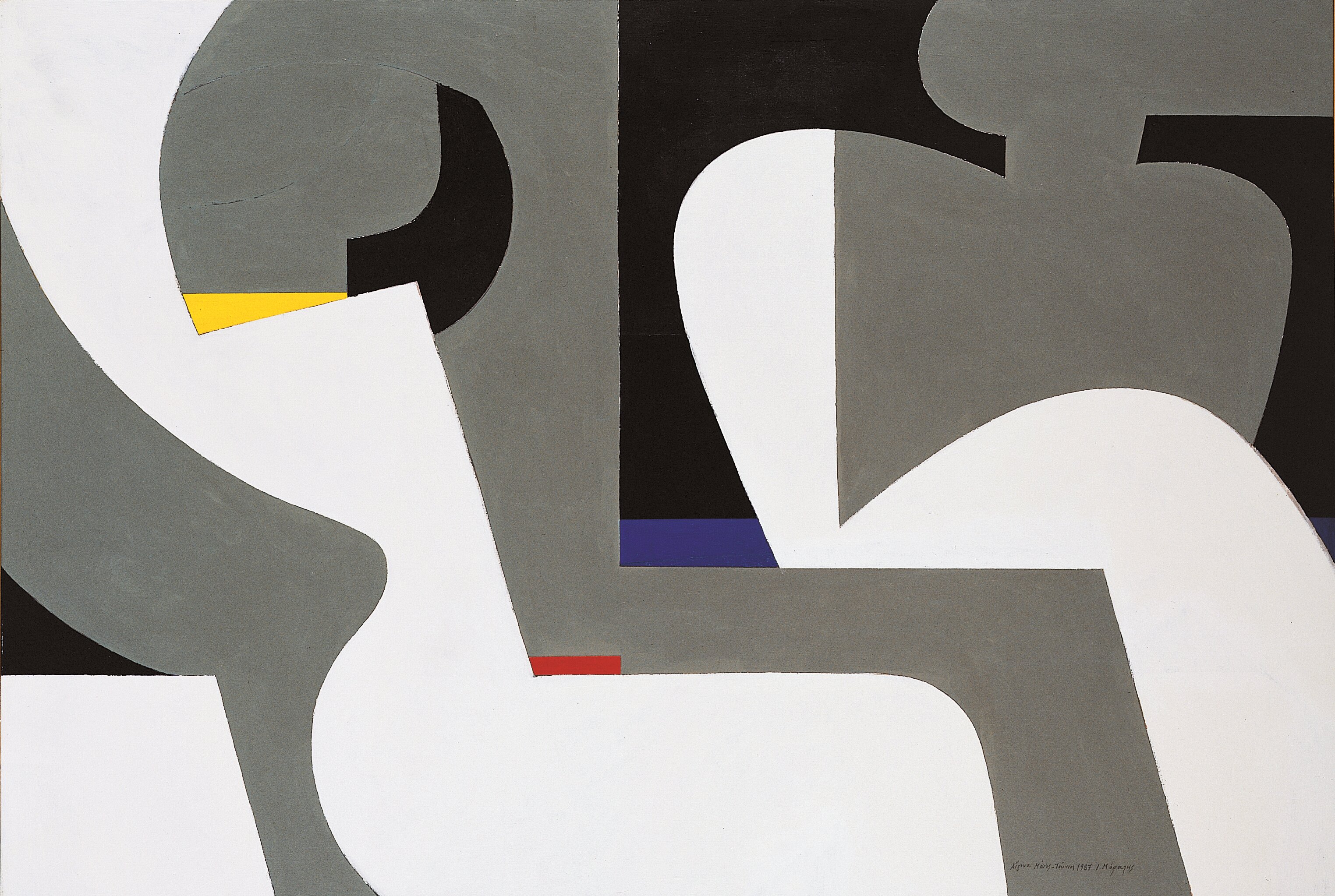Konstantinos Maleas, Acropolis
The painting Acropolis by Konstantinos Maleas is a landscape of the emblematic Athenian monument. Maleas was significantly influenced by post-impressionism and was a founding member of the progressive Techni (Art) Group. His works signalled a decisive turn in Greek painting towards modern art.
The monument as part of the scenery
The painting Acropolis by Konstantinos Maleas depicts the emblematic Athenian monument and the landscape surrounding it. At the first visual level, the natural environment is the protagonist, gradually leading the audience to the representation of the classical monument.
The artist did not attempt to accurately render the monuments themselves and their details. Instead, he focused on making the historical buildings reconcile with and yield to the natural scenery and the atmosphere that surrounds them.
The painting was created between 1918-1920. Over this period, Maleas had close ties with the Techni Group. He distanced himself from the symbolistic themes, turning to landscapes. Acropolis is part of a broader series of paintings that depict monuments as part of their scenery.
The colours of nature
The different white gradings capture the white marble of the Parthenon, the Propylaea and the Herodeion, reflecting the sunlight.
Maleas enhances the power of nature through the shape and colour multiplicity of the natural motifs, which literally push the monuments back to the second visual level.
His life in a nutshell
Konstantinos Maleas (1879-1928) was born and raised in Istanbul. He studied Architecture at the Phanar Greek Orthodox College. From 1901 to 1908 he lived in Paris, where he attended Painting classes at the École Nationale Supérieure des Arts Décoratifs, studying next to the neo-impressionist Henri Martin.
After returning to Istanbul, he travelled to Syria, Egypt and Lebanon, where he painted laboriously. In 1913 he was appointed chief engineer at the Municipality of Thessaloniki. In 1917 he moved to Athens, becoming a founding member of the progressive Techni (Art) Group. At the same time, we has active in the pioneering educational action of Glinos, Triantafyllidis and Delmouzos.
Artistic influences
Konstantinos Maleas was a reformer of Greek painting, a pioneer and representative of modern art in Greece.
His creative evolution was significantly influenced by:
- Post-impressionists Cézanne, Gaugin and Van Gogh
- The symbolists
- The fauvists
Favourite themes and artistic styles
Maleas mainly painted landscapes.
His pieces are dominated by:
- Pronounced shapes
- Clean hues
- Broad brushstrokes
The presence of outlines is very noticeable. The vivid, clear colours showcase and delineate the shapes in Maleas’ landscapes.
The work of art in our publications
The painting Acropolis by Konstantinos Maleas is referenced in the Alpha Bank publications:
- The Alpha Bank Collection. Greek Art from 1920 until Today, edited by Irene Orati. The publication accompanied the same-titled exhibition held in 2006 at the Macedonian Museum of Contemporary Art in Thessaloniki.
Buy the publication The Alpha Bank Collection. Greek Art from 1920 until Today on the Alpha Bank e-shop.
- The Alpha Bank Collection. Paintings – Prints – Sculptures, edited by Irene Orati. The publication accompanied the same-titled exhibition held at the Benaki Museum in Athens in 2005.
Buy the publication The Alpha Bank Collection. Paintings – Prints – Sculpture (only available in Greek) on the Alpha Bank e-shop.
In other literature
The painting Acropolis is also referenced in the publications:
- A. Kotidis, Konstantinos Maleas (1879-1928), 2000
- Greece is Wonderful, 2005
- Techni Group 100 Years, catalogue of the same-titled exhibition held at the Byzantine and Christian Museum in Athens in 2017
- Y. Costopoulos, "Success in Banking starts with an... Alpha!"
The painting Acropolis by Konstantinos Maleas hangs at the Guest House, on the 5th floor of the Alpha Bank building on 41 Panepistimiou Street, Athens.
If you are a researcher, you can visit it by appointment.
Contact us to book your visit.
